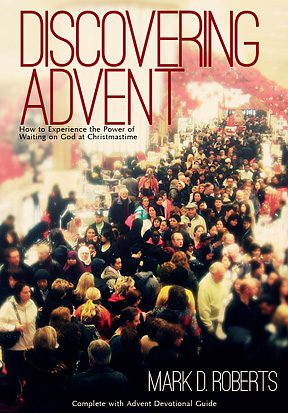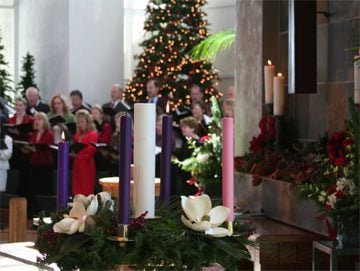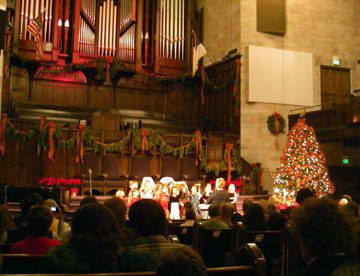Advent is coming. And, given that the word “advent” is derived from the Latin term adventus, which means “visit” or “coming,” one might well speak of the advent of Advent, the imminent coming of the Christian season of Advent.
Many people I know – including me – feel eager about the approach of Advent, much as we might feel about the pending visit of a dear, old friend. Yet, many others among my friends don’t really care that Advent is around the corner. These include quite a few of my Christian friends, by the way. Some of these really aren’t even sure what Advent is or why anyone should care.
 Although I am an “Adventophile,” a lover of Advent, I don’t believe that all people must celebrate Advent. There is no biblical imperative to do so. This is one of those things about which Christians are free to differ. Yet, I would add that I have often encouraged people unfamiliar with Advent to investigate its potential. In fact, my first e-book is called Discovering Advent: How to Experience the Power of Waiting on God at Christmastime. You’d be right to infer from this title that I believe Advent can enrich your life. In my experience, and in the experience of millions of other Christians, Advent can help us know God more deeply even as it prepares us to celebrate Christmas more fully.
Although I am an “Adventophile,” a lover of Advent, I don’t believe that all people must celebrate Advent. There is no biblical imperative to do so. This is one of those things about which Christians are free to differ. Yet, I would add that I have often encouraged people unfamiliar with Advent to investigate its potential. In fact, my first e-book is called Discovering Advent: How to Experience the Power of Waiting on God at Christmastime. You’d be right to infer from this title that I believe Advent can enrich your life. In my experience, and in the experience of millions of other Christians, Advent can help us know God more deeply even as it prepares us to celebrate Christmas more fully.
If you’re not familiar with Advent or if you have only a vague sense of what it is, let me explain briefly. Advent is a season of the Christian year (also called the church year or liturgical year; for more information, see my Introduction to the Christian Year). The word “Advent,” as I mentioned above, comes from the Latin word adventus, which means “coming” or “visit.” In Advent, we prepare for the coming of Christ. In fact, we are actually getting our hearts ready for two advents: the first which happened 2,000 years ago in a stable near Bethlehem, the second which is yet to come, when Christ returns to establish fully the kingdom of God.
The major themes of Advent include: waiting, hoping, yearning, patience, and longing. There is a consistent minor theme of joy, because we know that Christ was born and because we are confident that he will come again. The themes of Advent are captured in the colors of the season: purple or royal blue (for hoping, seriousness, royalty, waiting) and pink (for joy). Often, these colors are displayed in an Advent wreath, which includes three purple/blue candles, one pink candle, and a white candle in the middle that is lit on Christmas (or Christmas Eve) to signify the birth of the Savior. (Having identified the themes and colors of Advent, I should mention that there is no hard and fast rule about such things. Many churches and individuals celebrate Advent in distinctive ways, focusing on other themes or utilizing other colors of practices.)
If you are not familiar with Advent, you may be wondering why some of us think it’s such a big deal. As I said above, our love for this season has much to do with our experience of how it has opened our hearts to God and helped us to sense his presence in new ways. But, I do have more to say about this, and will do so in tomorrow’s post.
If you can’t wait until tomorrow, however, you can learn more about Advent from several resources I have produced over the years. These include:
Introduction to Advent – an article on my blog
Introduction to the Christian Year – an article on my blog.
Discovering Advent: How to Experience the Power of Waiting on God at Christmastime, my e-book, available from Amazon and Barnes & Noble.











